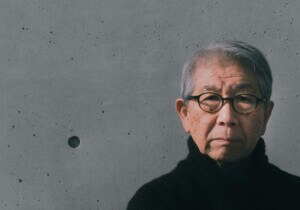| Brought to you by: |
Steel takes on a paper-like appearance at Aomori’s new cultural center, creating a dynamic backdrop for life on the Japanese city’s waterfront.
Nearly a decade ago, Vancouver-based design and production studio Molo Design won an international competition for its design of a housing and community project in Aomori, Japan. As firm founders Stephanie Forsythe and Todd MacAllen worked with the City of Aomori in the years following the competition, the design evolved into that of a cultural center celebrating the city’s yearly Nebuta festival, during which huge mythical creatures made of wood, wire, paper, and lights are paraded through the streets. Though millions attend the festival every August, the cultural center would provide an opportunity for more visitors to witness their creation throughout the year.
- Fabricator Molo Design
- Designer Molo Design
- Location Aomori, Japan
- Completion Date January 2011
- Material powder-coated steel
- Process scale modeling, hand controlled metal forming
Inspired by the ever-changing shadows in the beech tree forests of Northern Japan, in addition to 19th-century artist Ando Hiroshige’s woodblock prints and the Japanese convention of using screens to blur boundaries between indoors and out, the team began to create abstract lines, which then became paper ribbons. Molo’s product line product line of collapsible, modular walls, furniture, and lighting elements are made of kraft paper, and they began to manipulate that material into models of the screen as a way to learn how they might create the same shapes with steel. The team established a set of rules for the ribbon’s forms, defining how they would twist and provide directional light and views, then created construction drawings by photographing their final model; none of the design was digitally produced. The steel was machined in a local shop and powder coated a deep red color that was inspired by locally-made lacquered dishes. Once they arrived on site, the 40-foot pieces were attached to a sub-frame at four points and manually adjusted to achieve a look of randomness. Their positioning allows the screen to be transparent at some angles and opaque at others, lending to the sense that it is moving.
The Nebuta house was undamaged by Japan’s March 11 earthquake and was able to serve as a temporary shelter for residents from other damaged areas of the Aomori Prefecture. To help recovery efforts, Molo created a special limited edition of its hobo luminaria, an LED-lit shoulder tote, hand-painted with the Japanese sun disk. All proceeds will benefit Architecture for Humanity.










